Wading into the world of ecommerce is awash with choices. Besides the initial decisions of what to sell, how to sell, and who to sell to, there’s perhaps the biggest decision of them all: who to buy from. Choosing the right supplier can make or break your business, which in the end is only as strong as the products you provide. That’s why stringent research into who is making your potential products, what materials they use, and which certifications they hold is really the only way to protect yourself and to ensure that you are sourcing the best possible product options.
In this blog, we’ll provide tips on how you can find the right suppliers on Alibaba.com, minimizing stress and helping to ensure that your customers are as happy with your products as you are.
Table of Contents
3 steps to finding the right suppliers on Alibaba.com
Summary
3 steps to finding the right suppliers on Alibaba.com
There are thousands of suppliers waiting for you on Alibaba.com, which is both a good and bad thing. Good because no matter how niche your products are, you’re bound to find a seller that stocks exactly what you’re looking for – or one who will at least be able to make it for you – and bad because finding the right vendor can sometimes take longer than you think.
Below we break down finding the right supplier for you into three distinct steps.
Step 1: Research and verification

To find a suitable supplier on Alibaba.com, start by conducting thorough research. This begins by utilizing the platform’s search filters, narrowing down potential suppliers based on your industry, product type, and location preferences. You can also find specialist suppliers, such as wholesalers for bulk purchases.
Do so by clicking on a product and then the supplier’s profile, where you can examine their transaction history, ratings, and reviews from other buyers. This initial vetting process will help to identify reliable and reputable suppliers. You can also browse by manufacturers (suppliers) rather than products by simply clicking on the “Manufacturers” tab at the top of the Alibaba.com web page or app, as follows:
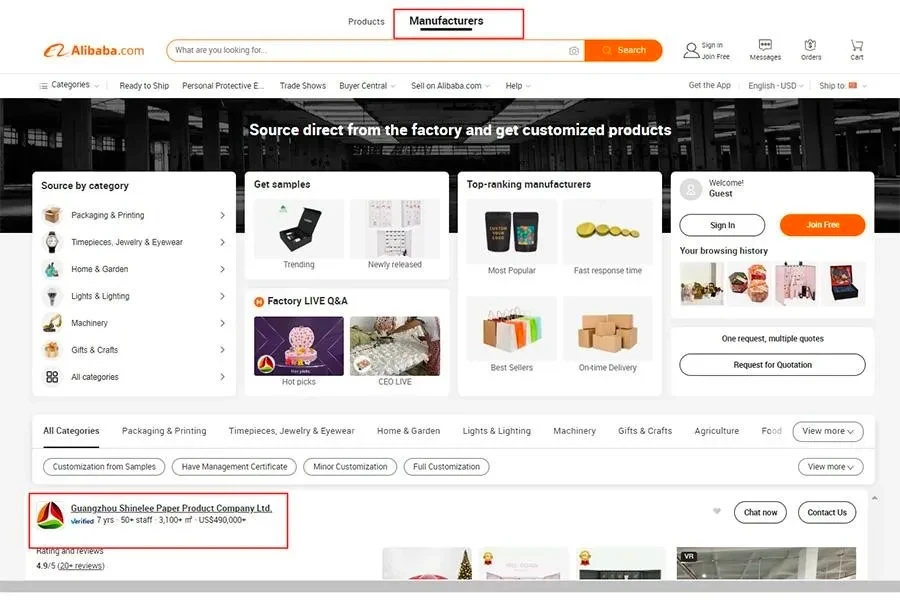
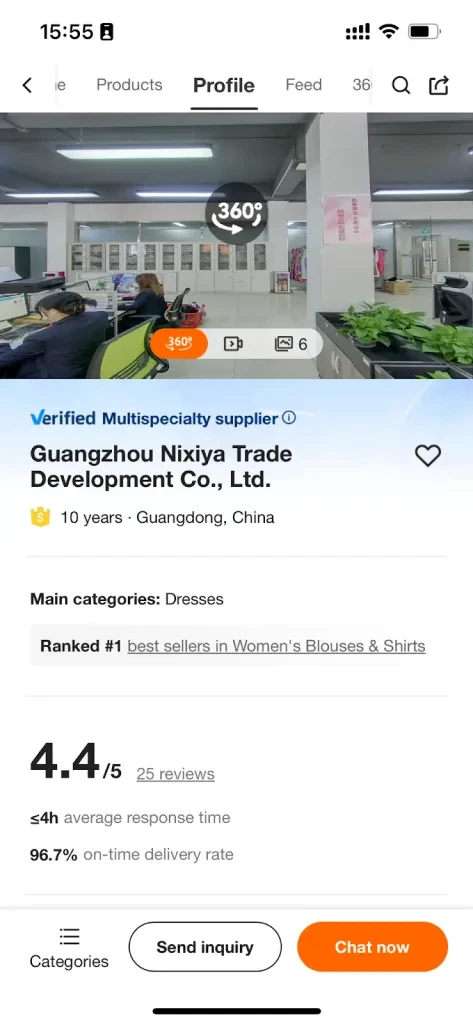
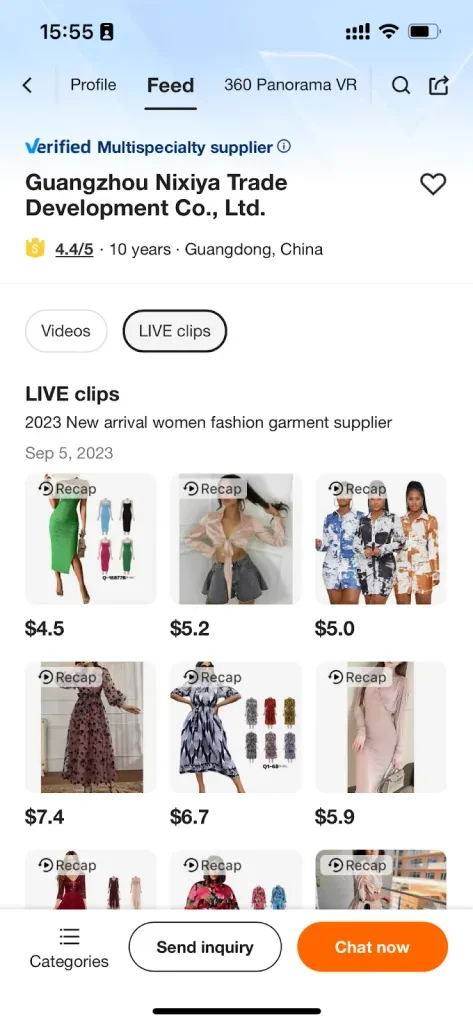
Meanwhile, Alibaba.com’s cutting-edge VR Showroom technology can transport you to a supplier’s factory, warehouse, or office space, giving you a firsthand look at their facilities as well as where your prospective product will be manufactured and handled.
On top of these innovative functions, you’ll want to leverage Alibaba.com’s verification tools. Suppliers who complete this process are designated as Verified Suppliers and feature a “Verified” badge on their profile. These suppliers are more likely to be legitimate and serious about their purchasing activities and have undergone extensive audits and inspections by independent third-party institutions via online and offline means.
These inspections include the supplier’s company profile, management system, production capabilities, and process controls. To help business buyers source efficiently, Verified Suppliers are now divided into three service-specific types: custom manufacturers, multispecialty suppliers, and brand holders.
If you’re still having difficulty finding exactly what you want, you may want to consider calling upon the expertise of a sourcing agent. Offered by buyers with a curated list of small and medium-sized manufacturers, these services can help speed up the procurement process and help you pinpoint suitable products.
For more information on exactly what these different supplier types mean as well as the numerous benefits of buying from them, read our Ultimate Guide to Alibaba.com Verified Suppliers or this one about How Alibaba.com Suppliers Are Verified.
Step 2: Communication and negotiation

There are several ways that you can connect with potential suppliers on Alibaba.com. One of the most popular ways apart from simply browsing suppliers is by posting a request for quotation, or RFQ.
An RFQ is a document submitted on the platform asking how much it would cost to fulfill a specific sourcing request. Suppliers that are capable of fulfilling the request then reach out with a quote. Submitting RFQs is therefore a great way for B2B buyers to source products with certain specifications. (Read more about this process here.)
In short, the RFQ process typically looks like this:
- A buyer submits a request (directly to vendors or via an RFQ marketplace)
- Suppliers submit quotes in response to the request
- The buyer compares quotes
- The buyer chooses a bid
Once you’ve found a suitable supplier, either via RFQ or otherwise, it’s time to communicate exactly what you require via Alibaba.com’s inbuilt messaging system (it’s advised you use this as evidence of your conversations, as this may come in handy should you need mediation down the line). It’s also best to be clear from the beginning, outlining your requirements, pricing, production time frame, and any specific terms you might have.
Some questions that you might want to keep in mind when talking shop with suppliers are:
- What countries do they export to?
- How many years have they been operating?
- How many employees does their company have?
- What is their annual turnover?
- What are their production capabilities?
- What type of certifications do they have?
- Do they have any patents and trademarks?
- Can they provide buyer testimonials?
If you’re happy that the supplier fits your criteria, it’s time to negotiate. Clearly define your terms, payment methods, and shipping details. Be open to compromise, but also set clear boundaries. A trustworthy supplier will engage in fair and respectful negotiations. Consider scheduling video calls or meetings to establish a more personal connection, build trust, and see the supplier’s factory space and capabilities for yourself.
You may also want to involve legal professionals to ensure that any contracts are comprehensive and legally binding, adding an extra layer of protection for both parties involved in the transaction.
For more details on successful negotiation practices, visit our blog How to Vet a Supplier on Alibaba.com.
Step 3: Secure transactions and contracts
Finally, before you finalize any deal, you must ensure that your transactions will be safe and secure. Luckily, Alibaba.com offers its own secure payment system, called Trade Assurance, which acts as a safeguard for both buyers and suppliers.
Trade Assurance protects at each step during the procurement process, including:
- Order placement: The buyer and supplier agree on terms, including product details, quantity, price, and delivery terms. The buyer then places an order and pays through Alibaba.com.
- Payment hold: Alibaba.com holds the payment in escrow until the buyer confirms satisfactory receipt of the goods or services.
- Release of funds: Once the buyer acknowledges receipt and verifies that the products meet the agreed specifications, the funds are released to the supplier. If any issues arise, the dispute resolution process is initiated.
- On-time Delivery Guarantee: This ensures that products arrive by a predetermined deadline, and buyers will be compensated in case of a delay.
By leveraging Trade Assurance and Alibaba.com’s secure transaction system, you can significantly reduce the risks associated with online transactions, helping to ensure that you know exactly what you’re paying for.
Summary
By following these three easy steps, you can navigate Alibaba.com with confidence, establishing reliable and long-lasting partnerships with suitable suppliers. Remember, should problems arise during any of these steps, Alibaba.com has trained professionals waiting to answer your queries and aid in dispute resolution.
For more guides on how to get the most out of Alibaba.com or for an update on the latest trends taking markets around the world by storm, head to Alibaba.com Reads.


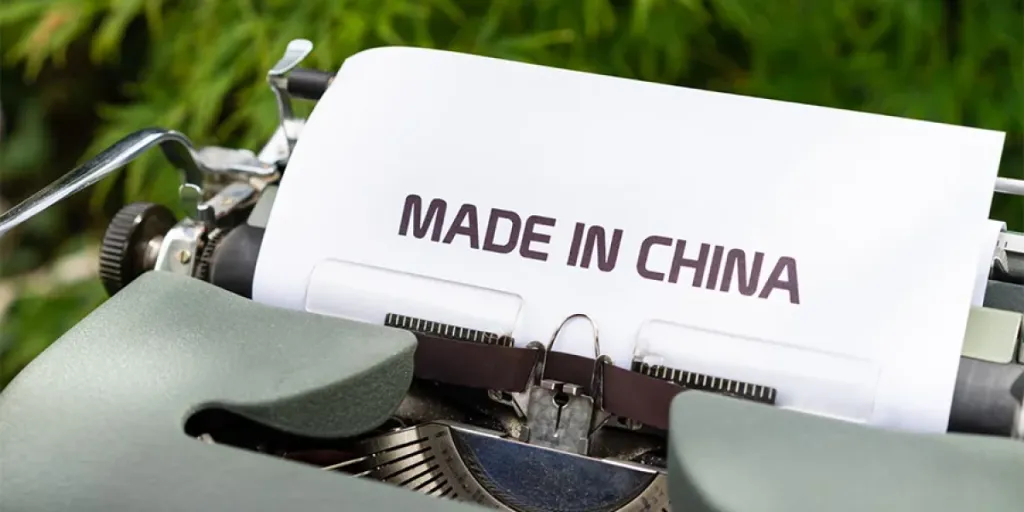
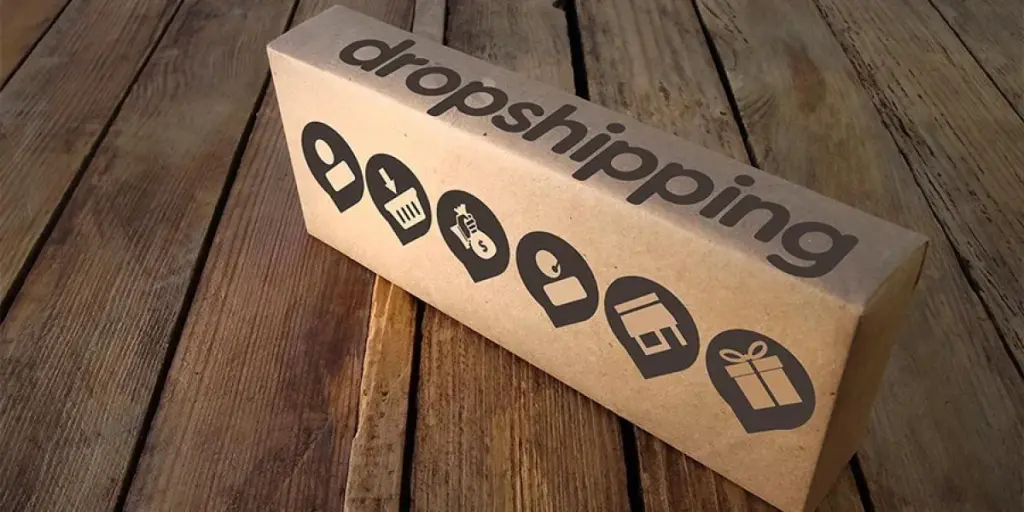
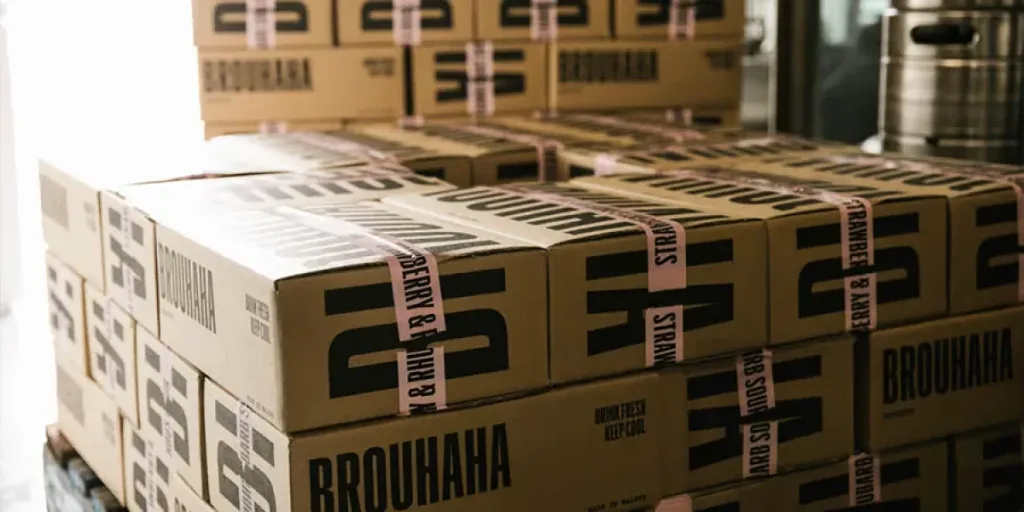
 বাংলা
বাংলা Nederlands
Nederlands English
English Français
Français Deutsch
Deutsch हिन्दी
हिन्दी Bahasa Indonesia
Bahasa Indonesia Italiano
Italiano 日本語
日本語 한국어
한국어 Bahasa Melayu
Bahasa Melayu മലയാളം
മലയാളം پښتو
پښتو فارسی
فارسی Polski
Polski Português
Português Русский
Русский Español
Español Kiswahili
Kiswahili ไทย
ไทย Türkçe
Türkçe اردو
اردو Tiếng Việt
Tiếng Việt isiXhosa
isiXhosa Zulu
Zulu